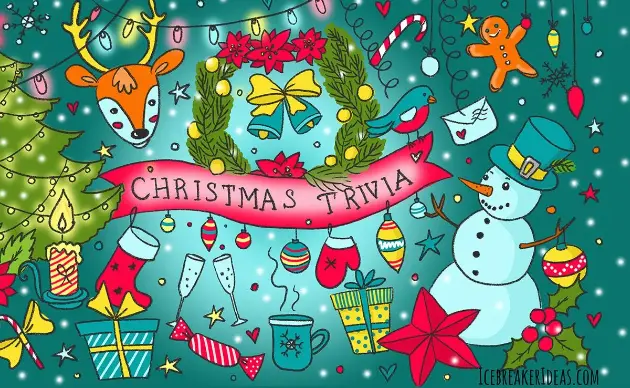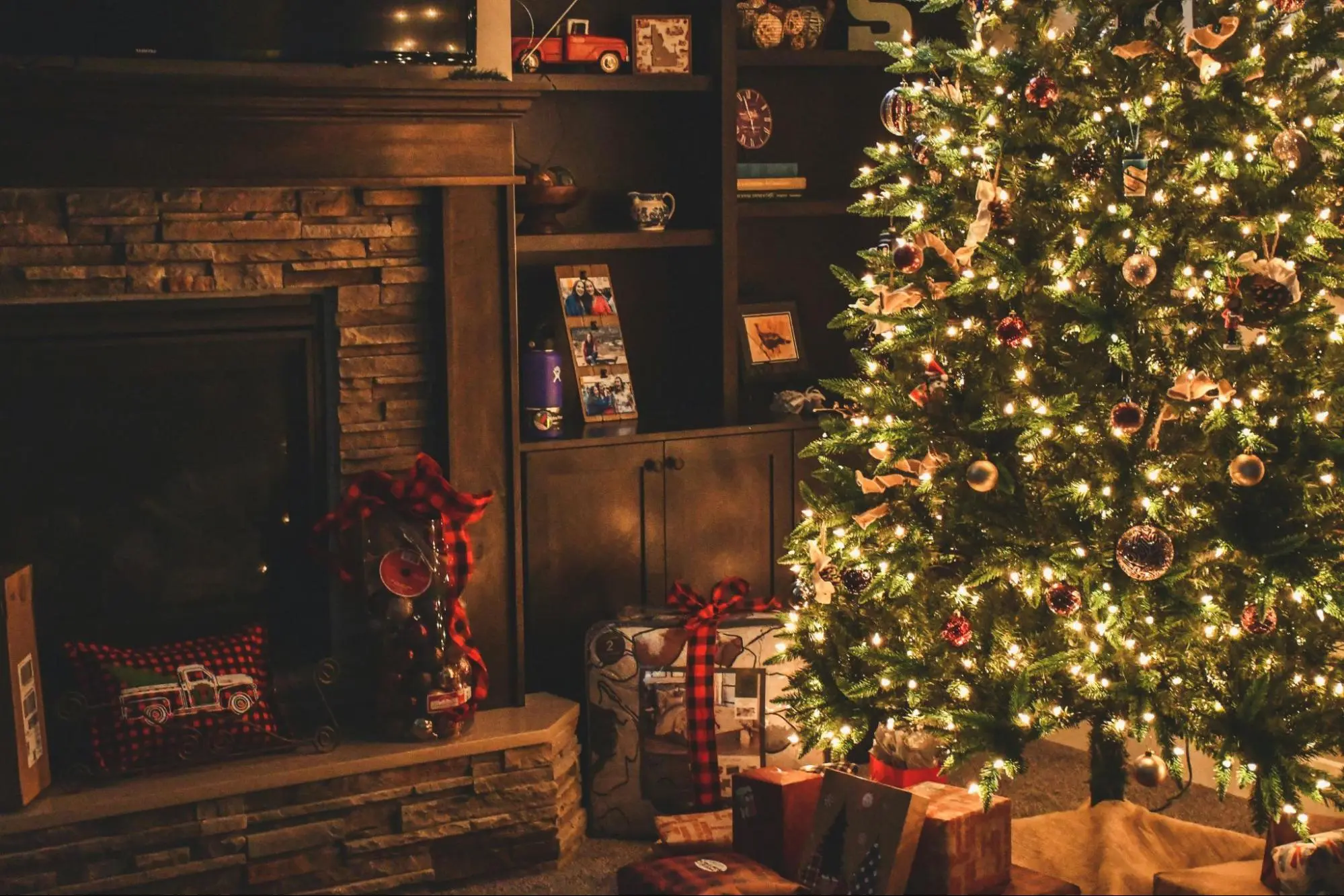
Christmas is a time for joyful get-togethers, dinners, and bonfires. Add a dash of wonder to your celebrations with our Christmas Science Quiz for Kids and discover the scientific secrets behind some of your favorite Christmas traditions. From twinkling lights to snowflakes, reindeer to Santa’s sleigh, we’ll explore the science that makes this season so enchanting. So, get ready to try the jolly quest to uncover the mysteries of Christmas through the lens of science!
Here are some Christmas-themed science quiz questions for kids
| Question | Options |
|---|---|
| 1. What gas do plants take in from the air to make their food during photosynthesis? |
a) Oxygen b) Carbon Dioxide c) Hydrogen |
| 2. How does Santa's sleigh fly in the air? |
a) It has a special anti-gravity engine b) Magic dust sprinkled by elves c) Reindeer power! |
| 3. Why do we see our breath in cold weather? |
a) Because we're breathing out tiny ice crystals b) Due to condensation of water vapor in the air c) It's a sign of holiday excitement! |
| 4. What is the main ingredient in snow that makes it white? |
a) Ice b) Air bubbles c) Reflective properties of ice crystals |
| 5. What causes the different colors in Christmas lights? |
a) Different species of glowing insects b) Energy emitted by excited electrons in the bulbs c) Santa's magic touch |

| Question | Options |
|---|---|
| 6. How does a snowflake form its unique shape? |
a) It's sculpted by elves at the North Pole b) Freezing of water vapor in the atmosphere creates its intricate pattern c) Snowflakes are little ice sculptures! |
| 7. What gas do we breathe in from the atmosphere to stay alive? |
a) Oxygen b) Nitrogen c) Carbon Dioxide |
| 8. How do penguins stay warm in the cold Antarctic environment? |
a) They wear warm coats made by elves b) They have a layer of blubber and dense feathers c) Penguins have built-in heaters! |
| 9. What is the chemical formula for water, which is essential for making hot cocoa during Christmas? |
a) H2O b) CO2 c) CH4 |
| 10. Why do candles go out when you blow on them? |
a) Because they get scared of the wind b) The oxygen needed for combustion is removed c) It's a secret magic trick! |
| 11. What is the scientific name for the tree commonly used as a Christmas Tree? |
a) Picea abies b) Pinus sylvestris c) Fagus grandifolia |
| 12. What causes the different colors of Christmas lights to shine? |
a) Bioluminescence b) Incandescence c) Fluorescence |
Recommended Reading: 50 Best Christmas Jokes For Kids

Recommended Reading: Best Vocabulary Apps For Kids
| Question | Options |
|---|---|
| 13. How does Santa Claus manage to visit all the houses in one night? |
a) He has a time-traveling sleigh b) He can bend space and time c) He's a master of logistics and uses different time zones to his advantage |
| 14. What substance gives a candy cane its red stripes? |
a) Food coloring b) Sugary syrup c) Peppermint oil |
| 15. Why do some regions have a white Christmas with snow, while others don't? |
a) The Earth's axial tilt b) Santa's magic snow machine c) It's purely random! |
| 16. What gas do Christmas crackers use to create a popping sound? |
a) Carbon Dioxide b) Hydrogen c) Nitrogen |
Recommended Reading: 20 Christmas Riddles For Kids
| Question | Options |
|---|---|
| 17. Why do we get excited and happy during the holiday season? |
a) Release of endorphins b) Santa's special cheer-inducing magic c) Christmas cookies! |
| 18. How do reindeer adapt to cold climates? |
a) Thick fur and hooves that act as natural snowshoes b) They wear warm coats made by elves c) Reindeer are actually magical creatures! |
Answers
1
2
3
4
5
6
7
8
9
10
11
12
13
14
15
16
17
18
19
20
Moonpreneur is on a mission to disrupt traditional education and future-proof the next generation with holistic learning solutions. Its Innovator Program is building tomorrow’s workforce by training students in AI/ML, Robotics, Coding, IoT, and Apps, enabling entrepreneurship through experiential learning.

























